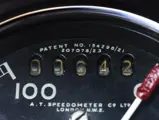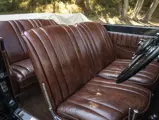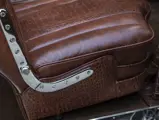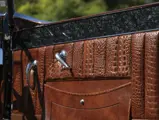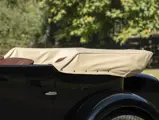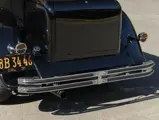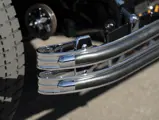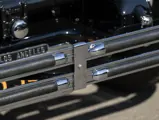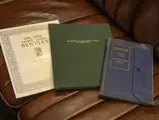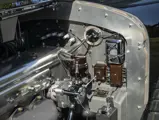
1931 Bentley 8-Litre Convertible Victoria by Murphy
{{lr.item.text}}
$3,195,000 USD | Sold
{{bidding.lot.reserveStatusFormatted}}
- A one-off, bespoke automobile; the only 8-Litre Bentley with American custom coachwork
- Well-known and fascinating history, documented by marque specialist Dr. Clare Hay
- Formerly owned by noted Bentley connoisseur Don Weber
- Exceptional concours restoration by revered Bentley specialists R.C. Moss
- Retains its original body, chassis, engine, gearbox, and all other major mechanical components
- One of the absolutely ultimate “W.O.” Bentleys; a genuinely unique Full Classic
While the “W.O.” Bentley enjoyed great appeal to a worldwide audience of sportsmen, examples were brought stateside only in the smallest of numbers, and most of these were already complete cars that followed their wealthy owners home from a European tour. Indeed, only two Vintage Bentleys are known to have been exported to the United States as chassis and finished by American coachbuilders: a 6½-Litre Speed Six, bodied as a rather formal limousine by Schutte, and this 8-Litre, truly the king of the original Bentley chassis, with a massive, torquey six that in displacement exceeded even the famed Model J Duesenberg.
Chassis number YR5085 was built on the shorter-wheelbase standard 8-Litre frame. It was delivered in February 1931 directly to the most famous coachbuilder on the West Coast, the Walter M. Murphy Company of Pasadena, California, on behalf of their local client, Conrad H. Matthiessen Jr. Mr. Matthiessen was an heir to one of the three brothers behind “the Sugar Trust,” which at one time controlled 98 percent of the American sugar market. As the family diversified, the younger Matthiessen became a partner in A.O. Slaughter Anderson & Fox, an investment firm that was part of the New York Stock Exchange, and at the time of the Bentley’s acquisition was running their new Los Angeles branch out of the Equitable Building in Hollywood.
The body for the Matthiessen Bentley was designed by the young Franklin Q. Hershey, noted for his exceptionally beautiful designs for Murphy. Hershey, who would later create the iconic 1955 Thunderbird for Ford, was a master of simple touches that actually transformed a design. On the 8-Litre these include sweeping, rounded fenders with beaded edges, also employed by Hershey on the famous Peerless V-16 prototype; a fully custom hood; an especially sensuously raked windscreen; and a beltline that curves up to meet the cowl, neatly hiding the “cut lines” for the windows, more famously later utilized by Raymond Dietrich on Individual Custom Packards.
The result is extremely clean and highly sporting, well-suited to the aggressive nature of the 8-Litre chassis, and yet unmistakably “Murphy” in its tidiness and, yes, its lightness compared to the heavy coachwork so often mounted to this chassis.
How long Matthiessen retained his Bentley is not known. It is believed to have been acquired by a Scandinavian mining engineer and brought to the silver town of Zacatecas, Mexico, and there it was found in 1948 by Bill Rivas. The car had been abandoned in a hotel garage after its owner skipped out on his bills. Rivas was soon able to acquire it, and shipped it to Mexico City, installing wooden artillery wheels from a Mercedes and beginning work on the engine. After several years he had not made a great deal of headway on the project, and the Bentley was sold in 1958 to Ignacio Cuenca, who, eager to have the car on the road, installed a Diamond T truck engine! Very fortunately, the original engine did, however, remain loose and accompanied the car as it passed from Cuenca to Porfirio Diaz.
In 1969 Diaz advertised the car in an American automobile magazine. Enthusiast Don Weber, a longtime Bentley connoisseur and owner of one of the factory works team 3-Litres, spotted the advertisement, journeyed to Mexico, and began a two-year negotiation that eventually ended with his acquisition of the 8-Litre in October 1971. The Bentley and its original engine were exported to the British restoration firm of Hofmann & Mountfort, where over a four-year process it was meticulously restored, with the original engine at last rebuilt and put back under the bonnet. As part of the one-time engine swap the front crossmember had been removed, but this was ably recreated. One of the original hammered silver door handles had gone missing, but, in an event that could have only occurred in this era of collecting, Mr. Weber tracked down Murphy’s former assistant shop foreman, who recast the handle in brass and hand-textured it—using the same hammer used for the original handles in 1931!
With the restoration completed the car was enthusiastically displayed at the Bentley Drivers Club Concours at Kensington Gardens in 1976, winning its class and Best Vintage Bentley, then was shipped to the States. Mr. Weber retained it until 1986 when he sold it to longtime enthusiast Norman Herstein of Seattle. From Mr. Herstein the car passed through the hands of several West Coast collectors, and during that time appeared in numerous books and magazine articles, most prominently being described as one of the “100 most beautiful cars of all time” in Dennis Adler’s The Art of the Automobile. After a freshening of the restoration, it was exhibited at the Pebble Beach Concours d’Elegance in 2007.
In 2012 the Murphy 8-Litre was acquired by the current owner, who undertook a complete fresh restoration by the renowned marque specialists R.C. Moss of Bedford, England. As is typical of their work, the car was completely refinished, with every component correctly rebuilt to factory specifications, and the body meticulously finished in its dramatic original livery, with further appointments including dark mother of pearl interior accents, intricate hardware, and embossed leather upholstery. Of course, the car retains its original engine, chassis frame, gearbox, steering box, rear-end differential, rear axle banjo, front axle, and Murphy coachwork, with correct stampings faithfully recorded in Dr. Clare Hay’s accompanying report, including those on the front dumb iron stamping and the chassis tie bar. Also accompanying is a full tool kit and original owner’s manual.
Following completion of the restoration, the car was exhibited at the Pebble Beach Concours d'Elegance once more, winning 2nd in Class—narrowly behind another original open 8-Litre, which, it should be noted, went on to win Best of Show, a nod to the echelon in which this particular automobile stands. It has since been preserved in its owner’s exceptional collection and remains both a concours competitor and a performer of equal strength. Indeed, it is noted that the combination of Murphy’s light coachwork and the 8-Litre results in excellent, almost revelatory performance and wonderful driving characteristics, even when compared to the Duesenberg Model J.
In a world of significant Full Classics so often described as once-in-a-lifetime, the Murphy 8-Litre genuinely is. It is, of course, one of the 100 original 8-Litres, and one of just 13 surviving original open cars; yet it is much more than even that. Unlike so many of its very worthy Duesenberg and Packard brethren, it is not one of a series, however small; it is the only one, not just of this striking Murphy design, but of Murphy and Hershey’s work on an 8-Litre. It is, indeed, the only truly American 8-Litre, and thus to the American enthusiast, in particular, the most significant even of its rarefied breed.





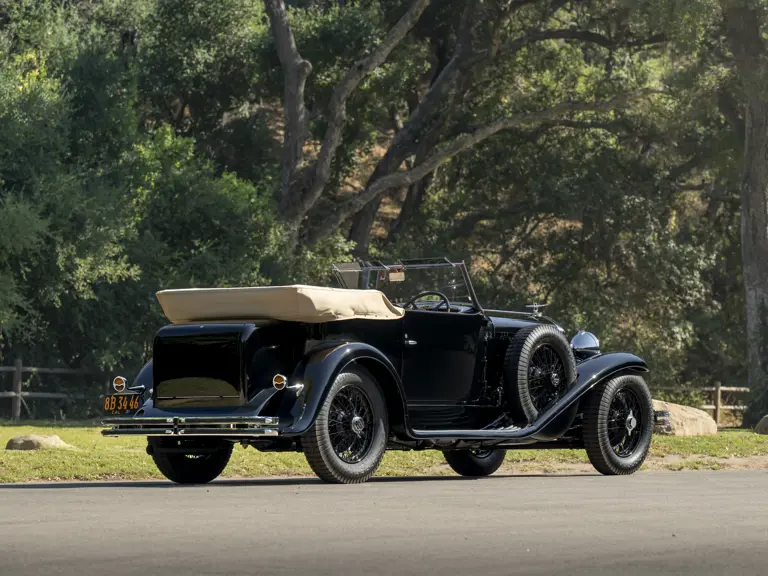



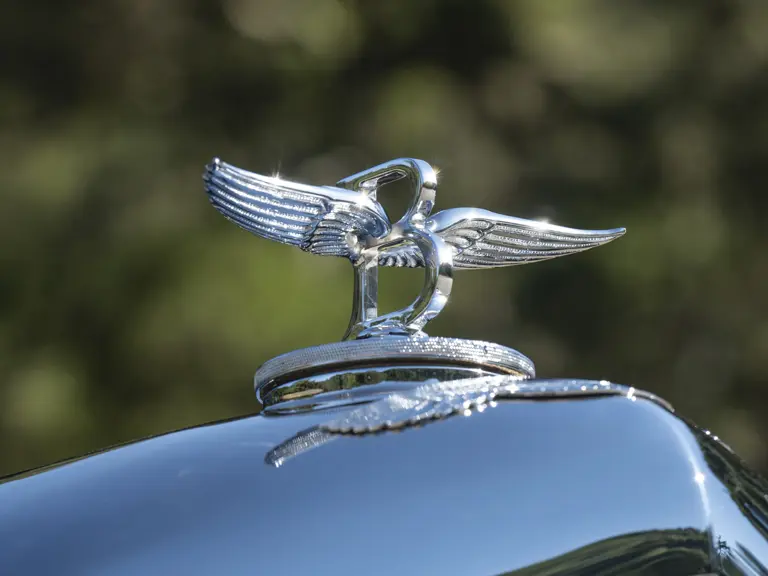



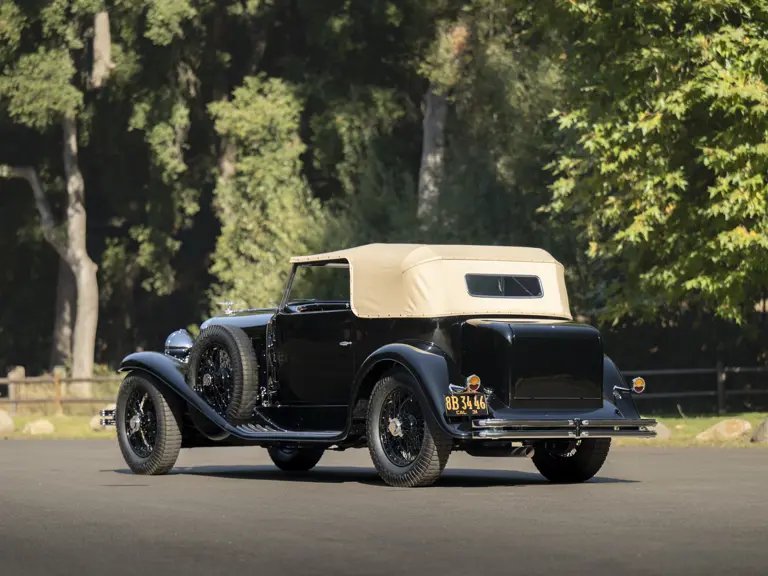





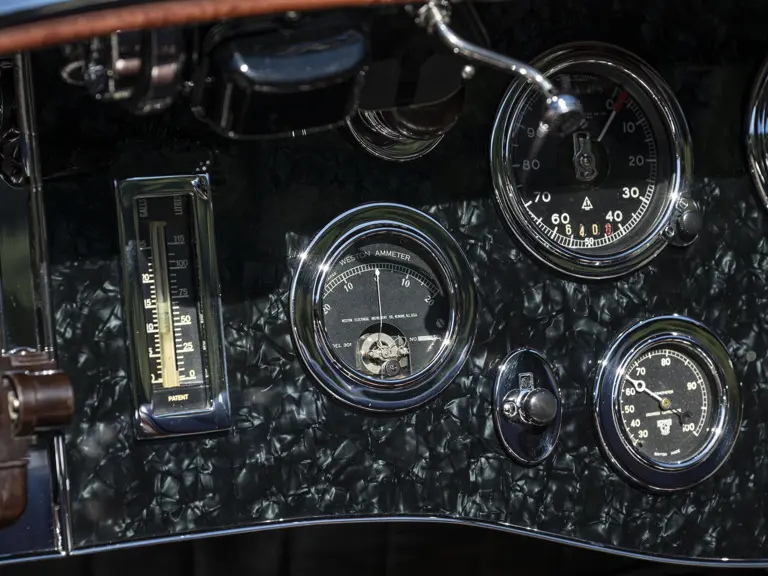


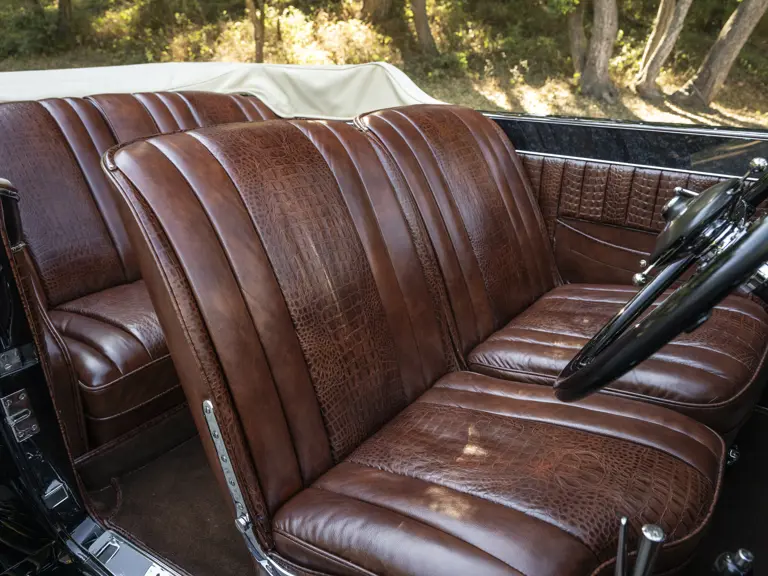

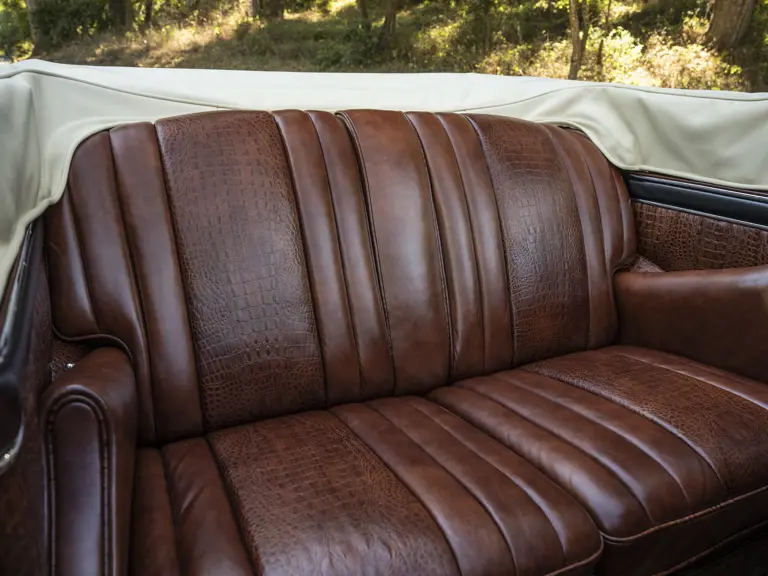


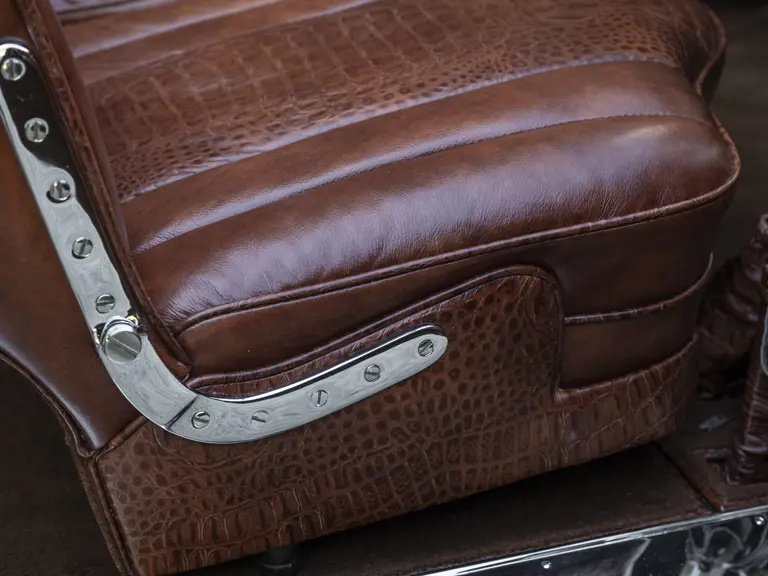
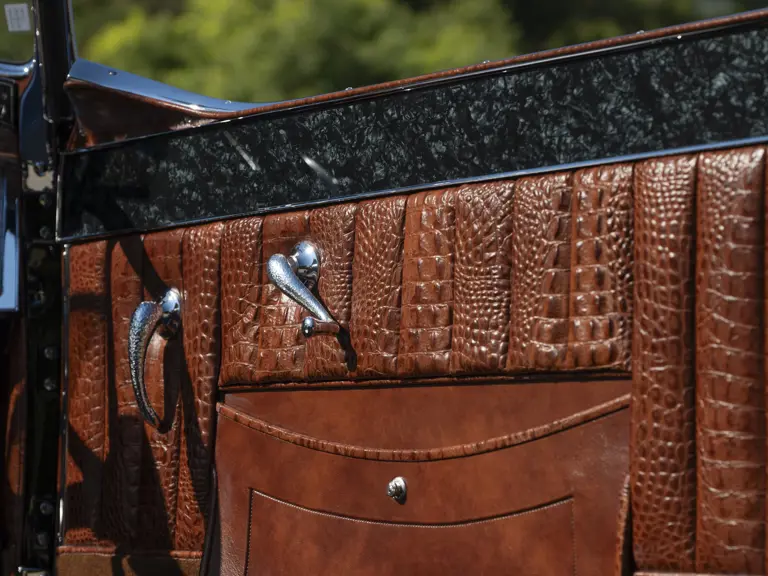




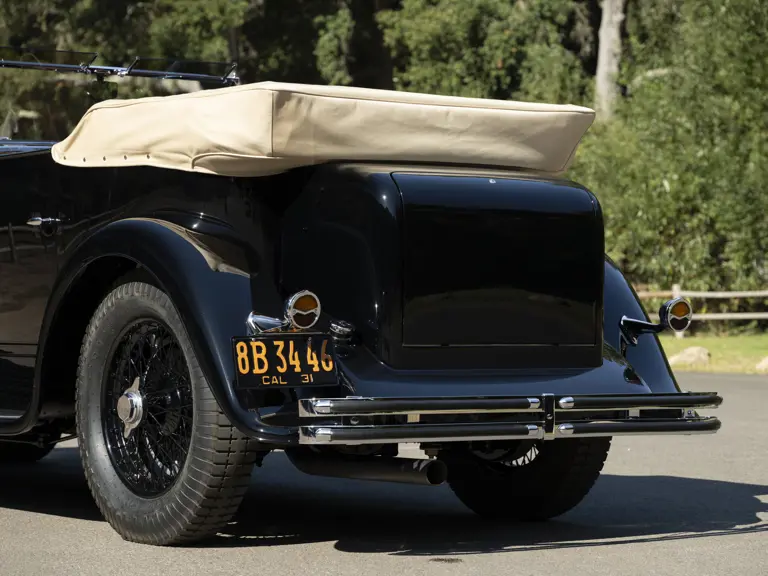








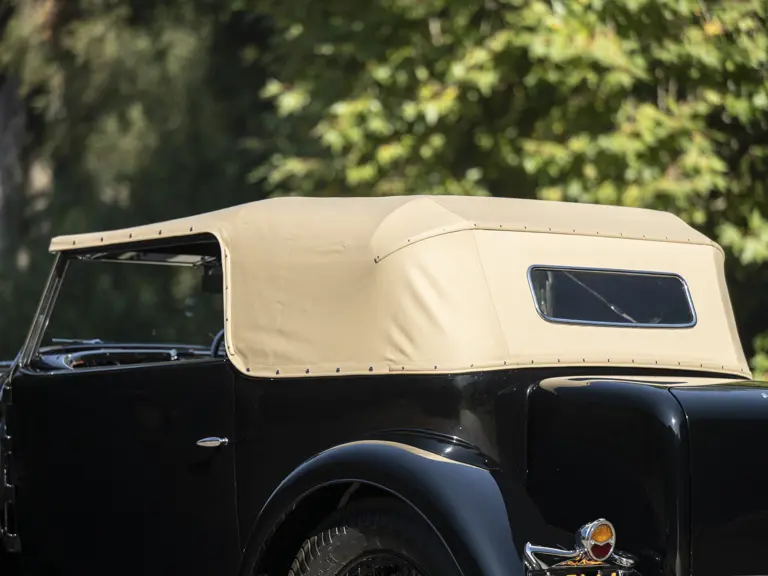
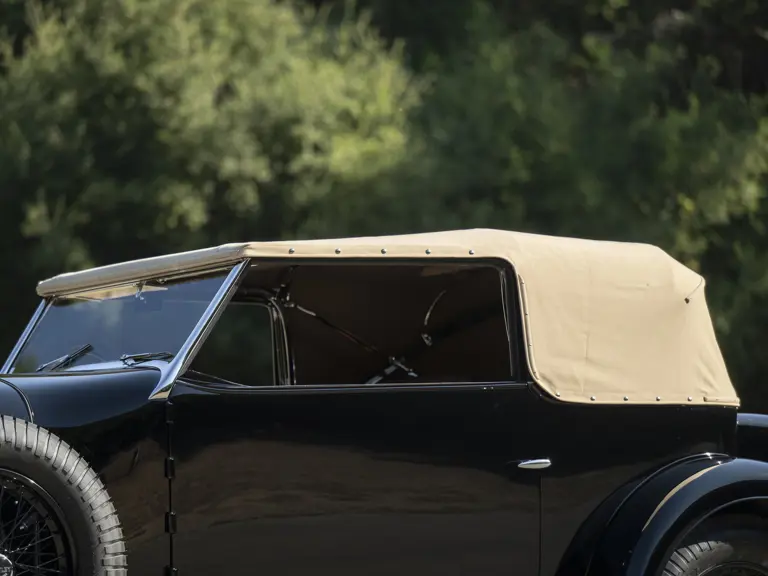



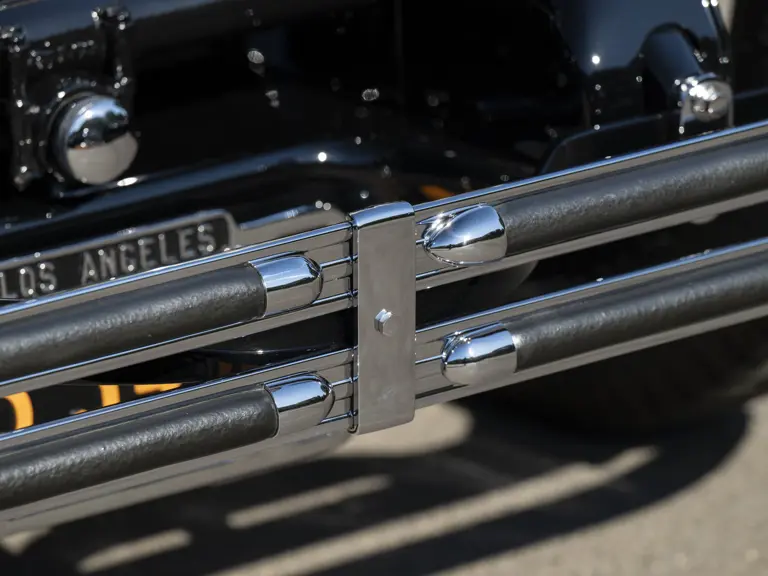



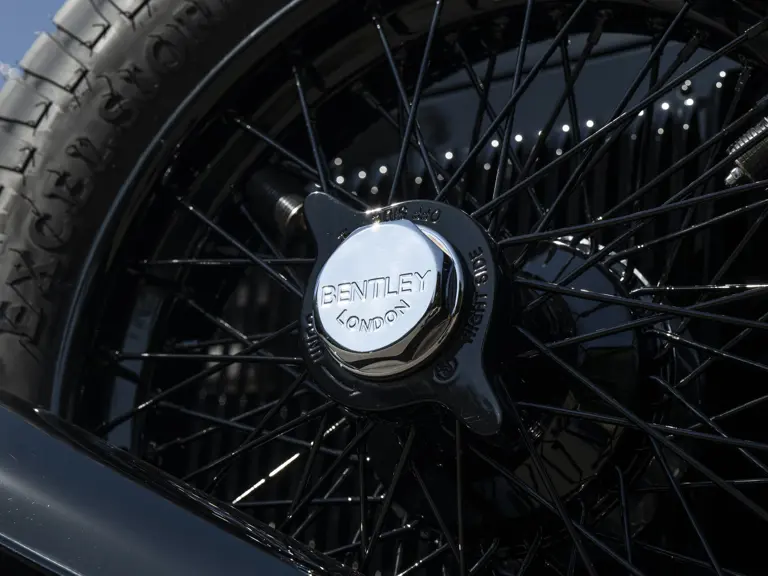
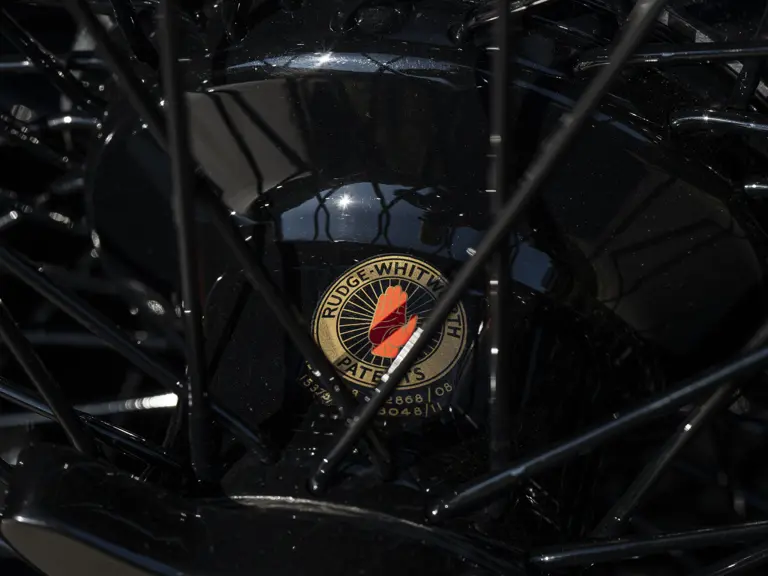

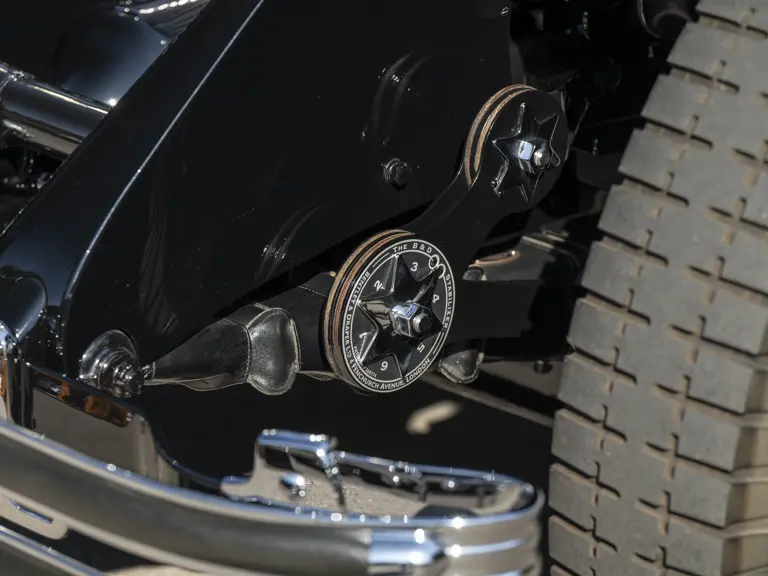
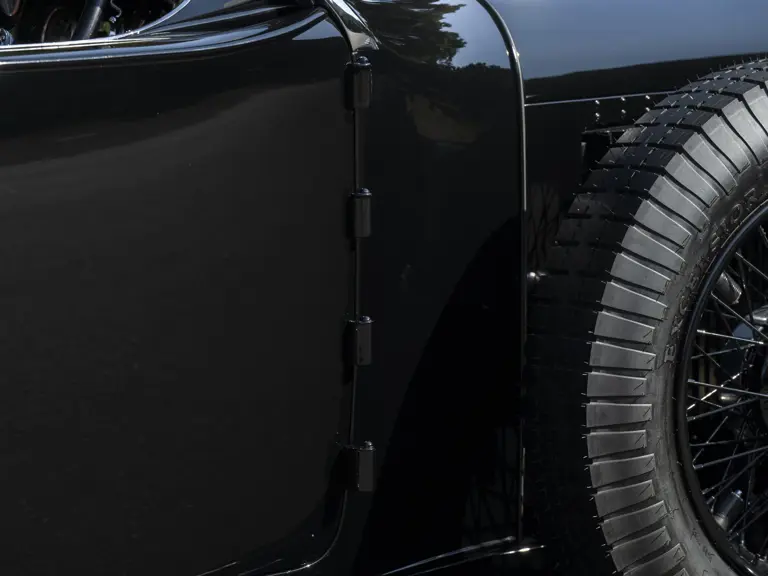
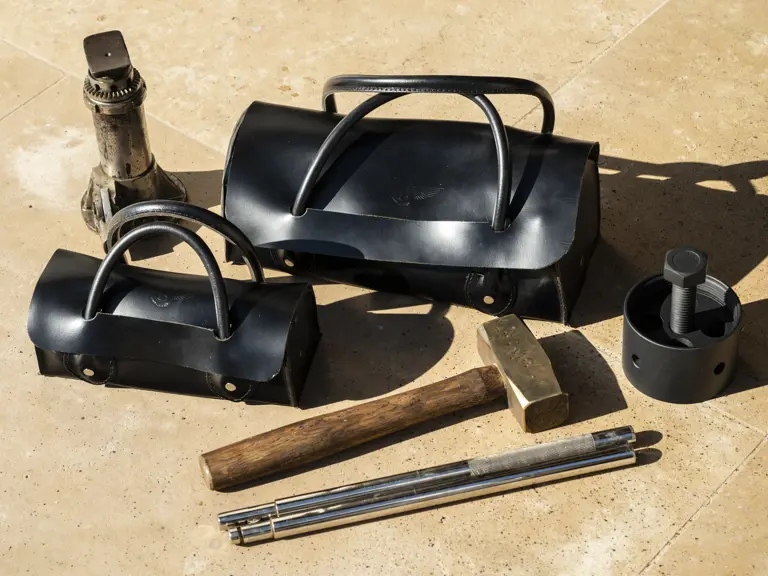










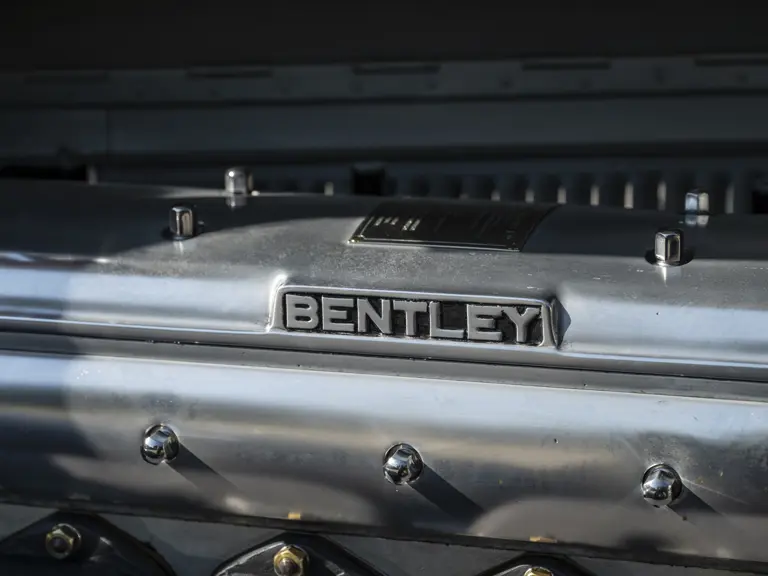








 | Phoenix, Arizona
| Phoenix, Arizona












